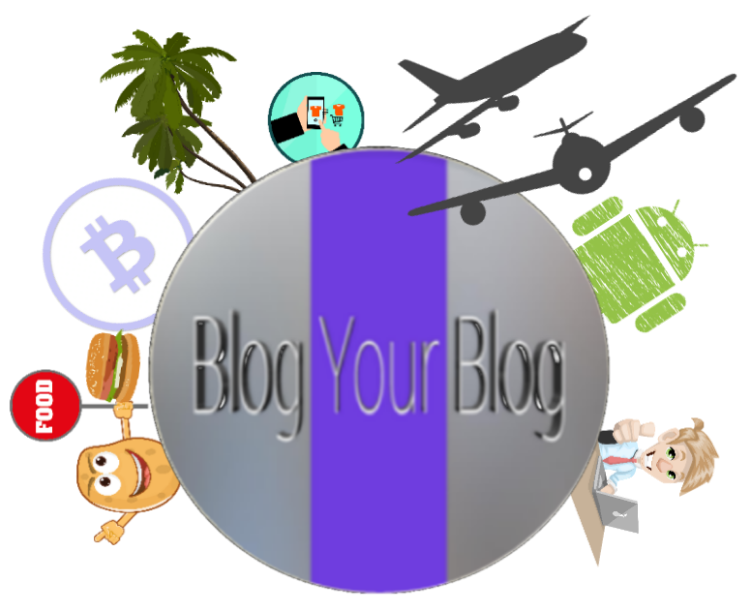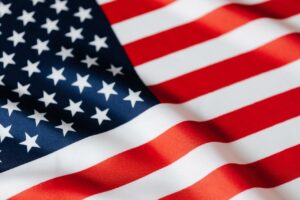
American brands hold a prominent place in the global marketplace, symbolizing innovation, quality, and cultural influence. From iconic household names to cutting-edge startups, American brands span a diverse range of industries, including technology, fashion, entertainment, and food. Renowned for their creativity, entrepreneurial spirit, and commitment to excellence, American brands have left an indelible mark on consumer culture worldwide. Whether it’s the allure of Hollywood glamor, the reliability of Silicon Valley tech giants, or the timeless appeal of American fashion, these brands capture the essence of the American dream and continue to shape the way we live, work, and play.
Here are some amazing facts about one of the top 10 American Brands
Coca-Cola
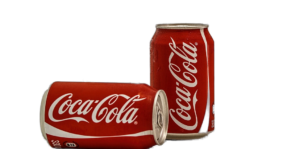
- Coca-Cola was created by John Stith Pemberton in 1886 as a medicinal drink.
- Coca-Cola is one of the most widely recognized brands in the world, with its products sold in over 200 countries. Its global presence makes it one of the most valuable and influential brands globally.
- The formula for Coca-Cola syrup, known as “Merchandise 7X,” is one of the most closely guarded trade secrets in the world. Only a few employees have access to the complete formula, which is stored in a vault at the company’s headquarters in Atlanta.
- The distinctive contour bottle design of Coca-Cola was introduced in 1915. Its unique shape was trademarked to prevent imitations by competitors and has since become an iconic symbol of the brand.
- While Coca-Cola is best known for its flagship product, the company has diversified its portfolio over the years. It owns or licenses more than 500 nonalcoholic beverage brands, including Sprite, Fanta, Dasani, and Minute Maid.
Apple
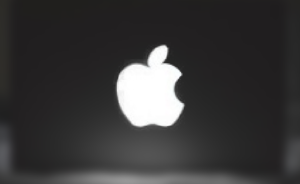
- Apple was founded by Steve Jobs, Steve Wozniak, and Ronald Wayne in 1976 in Cupertino, California.
- The company’s humble beginnings started in a garage, where the trio worked on building and selling personal computers..
- The first Apple computer, the Apple I, was hand-built by Steve Wozniak in Steve Jobs’ garage.
- The Apple II, released in 1977, was the first mass-market personal computer. It played a crucial role in popularizing personal computing and establishing Apple as a leading innovator in the tech industry.
- Apple prioritizes user privacy and security, often implementing industry-leading features to safeguard customer data. Features such as Touch ID, Face ID, and end-to-end encryption demonstrate Apple’s commitment to protecting user information.
Nike
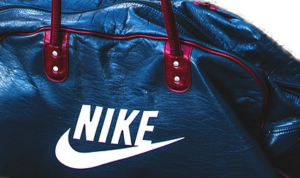
- Nike, originally known as Blue Ribbon Sports, was founded in 1964 by Bill Bowerman and Phil Knight, both track athletes at the University of Oregon. The company initially operated as a distributor for Japanese shoe maker Onitsuka Tiger (now ASICS) before rebranding as Nike, Inc. in 1971.
- Nike’s “Just Do It” slogan, introduced in 1988, has become one of the most recognized and enduring marketing campaigns in history. The campaign, aimed at inspiring athletes of all levels, embodies Nike’s ethos of determination, perseverance, and excellence.
- Nike’s famous “Just Do It” slogan was inspired by the last words of a convicted murderer before his execution.
- The company’s name is inspired by the Greek goddess of victory, Nike.
- The iconic Nike Swoosh logo was designed by graphic design student Carolyn Davidson in 1971. Phil Knight initially paid her only $35 for the design, but he later gave her stock in the company, acknowledging the logo’s significance in Nike’s success.
- Google was founded in 1998 by Larry Page and Sergey Brin while they were Ph.D. students at Stanford University.
- Google’s founders, Larry Page and Sergey Brin, initially named their search engine “BackRub” before settling on the name we know today.
- Google developed the Android operating system, which powers a vast majority of smartphones and tablets globally. Launched in 2008, Android offers an open-source platform for developers to create apps and services, contributing to its widespread adoption and versatility.
- The first Google Doodle was created in 1998 and featured a simple stick figure attending the Burning Man festival.
- Google acquired YouTube, the world’s largest video-sharing platform, in 2006.
Amazon
- Amazon was founded by Jeff Bezos in 1994.
- Amazon started as an online bookstore in 1994 by Bezos who conceived this idea of an online bookstore while he was on a cross-country road trip from New York to Seattle.
- Bezos chose the name “Amazon” for his company for two main reasons. Firstly, it starts with the letter “A,” which placed it higher in alphabetical lists, and secondly, it’s named after the Amazon River, the largest river in the world, reflecting his vision for Amazon to become the largest online marketplace.
- Amazon has a history of strategic acquisitions to expand its business and technology portfolio. Notable acquisitions include Zappos (online shoe retailer), Whole Foods Market (grocery chain), Ring (smart home security), and Twitch (live streaming platform), among others.
- The company’s logo, an arrow from A to Z, represents Amazon’s goal to provide everything from A to Z for its customers.
Ford
- Ford Motor Company was founded by Henry Ford, a visionary entrepreneur who revolutionized the automotive industry. Born on July 30, 1863, in Greenfield Township, Michigan, Henry Ford grew up on a farm and developed an early interest in machinery and innovation.
- Henry Ford introduced the assembly line to automobile manufacturing, revolutionizing the industry and making cars more affordable.
- In 1914, Henry Ford implemented the groundbreaking “Five-Dollar Day” wage for Ford employees, doubling the average factory wage and reducing the workday to eight hours. This move not only improved employee morale and retention but also set a new standard for fair wages in the industry.
- Ford’s Model T, introduced in 1908, was the first automobile mass-produced using assembly line techniques. It became one of the most influential cars in automotive history, revolutionizing transportation and making car ownership accessible to the middle class.
- FordPass, an app-based platform offers vehicle access, parking assistance, and mobility options, reflect the company’s commitment to shaping the future of transportation.
McDonald’s
- McDonald’s was originally a barbecue restaurant opened by Richard and Maurice McDonald in 1940 in San Bernardino, California. They later reorganized their business as a hamburger stand, laying the foundation for the fast-food empire that would follow..
- The first McDonald’s franchise was opened by Ray Kroc in 1955 in Des Plaines, Illinois. Kroc later purchased the exclusive rights to franchise McDonald’s restaurants. Kroc’s aggressive expansion and business acumen propelled McDonald’s into a global phenomenon.
- The iconic Golden Arches logo, synonymous with McDonald’s, was first introduced in 1953. The arches originally served as architectural features on McDonald’s restaurants but later evolved into one of the most recognizable corporate symbols in the world.
- Introduced in 1968, the Big Mac quickly became one of McDonald’s most iconic menu items. Known for its two beef patties, special sauce, lettuce, cheese, pickles, and onions on a sesame seed bun, the Big Mac has become a cultural touchstone and a symbol of American fast food.
- Introduced in 1979, the Happy Meal revolutionized children’s dining experiences by combining a meal with a toy. This innovative concept not only appealed to children but also became a lucrative marketing tool for McDonald’s, driving sales and brand loyalty. Happy Meal is still served, to this date, today.
Walt Disney
- Disneyland, the first-ever theme park by Walt Disney, opened in Anaheim, California, in 1955 .
- Disneyland’s opening day on July 17, 1955, was somewhat of a disaster. Due to counterfeit tickets and unexpected high attendance, the park faced numerous issues, including food and drink shortages, malfunctioning rides, and traffic jams.
- The first-ever full-length animated feature film, “Snow White and the Seven Dwarfs,” was produced by Walt Disney in 1937.
- Mickey Mouse, arguably Disney’s most iconic character, was co-created by Walt Disney and Ub Iwerks. Mickey made his debut in the short film “Steamboat Willie” in 1928, which was one of the first synchronized sound cartoons.
- Before achieving success, Walt Disney faced numerous setbacks. He was once fired from a newspaper job for lacking creativity and being told he had no good ideas. He also faced rejection from several studios before establishing his own.
IBM
- IBM, or International Business Machines Corporation, was founded on June 16, 1911.
- IBM was primarily founded by Charles Ranlett Flint, an American businessman known for his adeptness in mergers and acquisitions.
- IBM was formed as the Computing-Tabulating-Recording Company (CTR) through the merger of four companies: Bundy Manufacturing Company, International Time Recording Company, the Tabulating Machine Company, and the Computing Scale Company of America. The company adopted its current name, IBM, in 1924.
- IBM’s first product was not a computer but a time clock that recorded employees’ work hours.
- IBM’s famous motto “Think” was coined by Thomas J. Watson, the company’s president, in 1911.
Colgate
- Colgate, known for its toothpaste, was initially founded as a soap and candle company by William Colgate in New York City in 1806 .
- William Colgate started selling his first toothpaste, which was in the form of jars or pots, in 1873.
- The first toothpaste in the form of collapsible toothpaste tube which we see today, was introduced by Colgate in 1896, revolutionizing dental care.
- The company established its first international subsidiary in Canada in 1914 and has since expanded its presence to over 200 countries and territories worldwide.
- The company’s iconic logo, featuring the “Colgate ribbon,” has remained largely unchanged since its introduction in the late 19th century.
These facts showcase the rich histories and interesting stories behind some of America’s most well-known brands.
